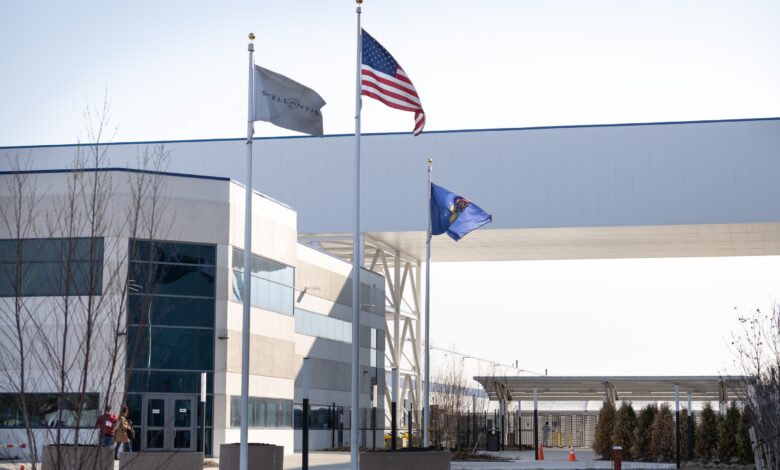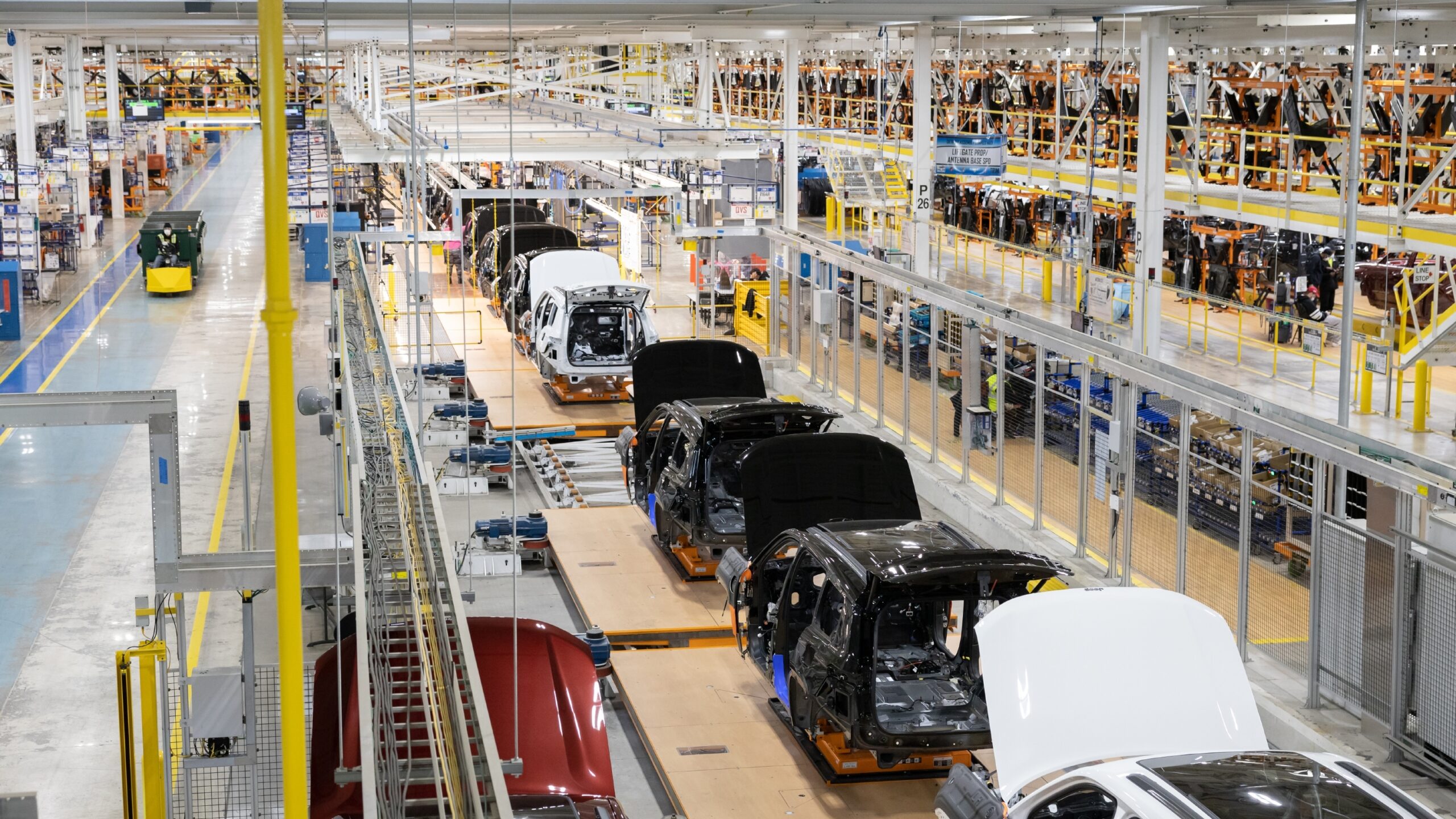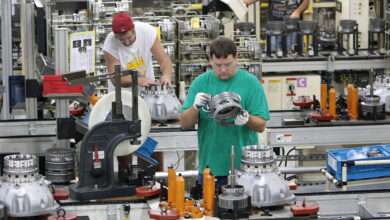Stellantis Granted Permit for Emissions Increase at Detroit Plant
Air Quality Concerns Persist Despite Installation of Odor-Control Technology...

Stellantis has been granted a permit to increase emissions at its Detroit Assembly Complex – Mack (DACM) plant to comply with odor-control requirements. The Michigan Department of Environment, Great Lakes, and Energy (EGLE) approved the permit on November 8, following months of public commentary and a September hearing.
“EGLE’s primary mission is to protect public health and the environment by regulating industrial sources of air pollution,” said EGLE spokesperson Josef Greenberg. “We carefully consider how the rules apply when developing an air permit to ensure the permit has restrictions to protect the public.”
The increase stems from the installation of a regenerative thermal oxidizer (RTO), a device designed to reduce paint-related odors. Although this system improves air quality by minimizing smells, it inadvertently contributes to increased pollution emissions, including fine particulate matter (PM 2.5).
Emissions, Regulations, and Health Impacts –

PM 2.5 are microscopic particles that can travel deep into the lungs and bloodstream, potentially worsening respiratory conditions like asthma. While Stellantis maintains that the area will still meet federal air quality standards, new regulations could soon render parts of Detroit out of compliance.
Wayne County’s poor air quality, evidenced by an “F” grade in the American Lung Association’s annual report, remains a significant concern for residents. Local advocate Robert Shobe voiced skepticism about the industry’s commitment to reducing emissions, stating, “There was no appetite to even try and lower emissions in any other areas of the plant.”
Civil Rights and Community Concerns –

The permit approval follows a resolution to a civil rights complaint filed in 2021 by the Great Lakes Environmental Law Center. The complaint alleged that permitting emissions increases in majority-Black neighborhoods while reducing them in majority-White areas was discriminatory. Although discussions and commitments to tree planting and community engagement were part of the resolution, residents like Shobe and advocacy groups believe the actions fell short of addressing the community’s needs.
Job Promises and Economic Impacts –

When the facility opened in 2021, Stellantis initially pledged nearly 5,000 jobs for Detroiters. However, production slowdowns and layoffs—including 102 workers in October and 400 more at a nearby parts warehouse—have dampened those expectations. Critics highlight the disparity between public investments and the project’s tangible economic benefits.
“It’s just a double, triple minus situation,” said Detroit People’s Platform organizer Eden Bloom. “Overpolluting, using public funding, and canning people they were supposed to hire to improve economic standing.”
Moving Forward –

Stellantis spokesperson Jodi Tinson noted that despite the increase in emissions, the company adheres to some of the industry’s strictest PM 2.5 limits. Tinson defended Stellantis’s efforts: “The company has gone above and beyond to meet environmental standards and reduce odor impacts, implementing state-of-the-art technology that reflects our commitment to the health and well-being of the community.”
EGLE emphasized its role in balancing industrial development with public health through enforcement measures and compliance oversight.
“EPA recognizes the concerns of residents living in the neighborhoods adjacent to the Stellantis Complex,” said an EPA spokesperson. “This agreement takes steps to address these issues, including the creation of a green buffer of trees around the complex.”
As Detroit continues grappling with air quality challenges, the debate surrounding Stellantis’ operations underscores broader tensions between economic development, environmental justice, and community well-being.
Source: Planet Detroit






1 reply
Loading new replies...
Join the full discussion at the Mopar Insiders Forum →